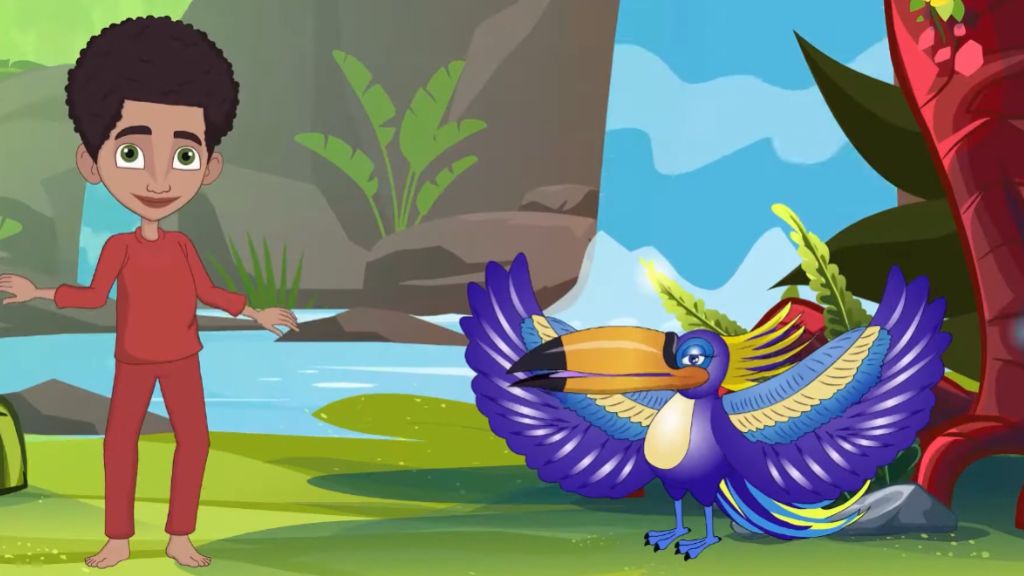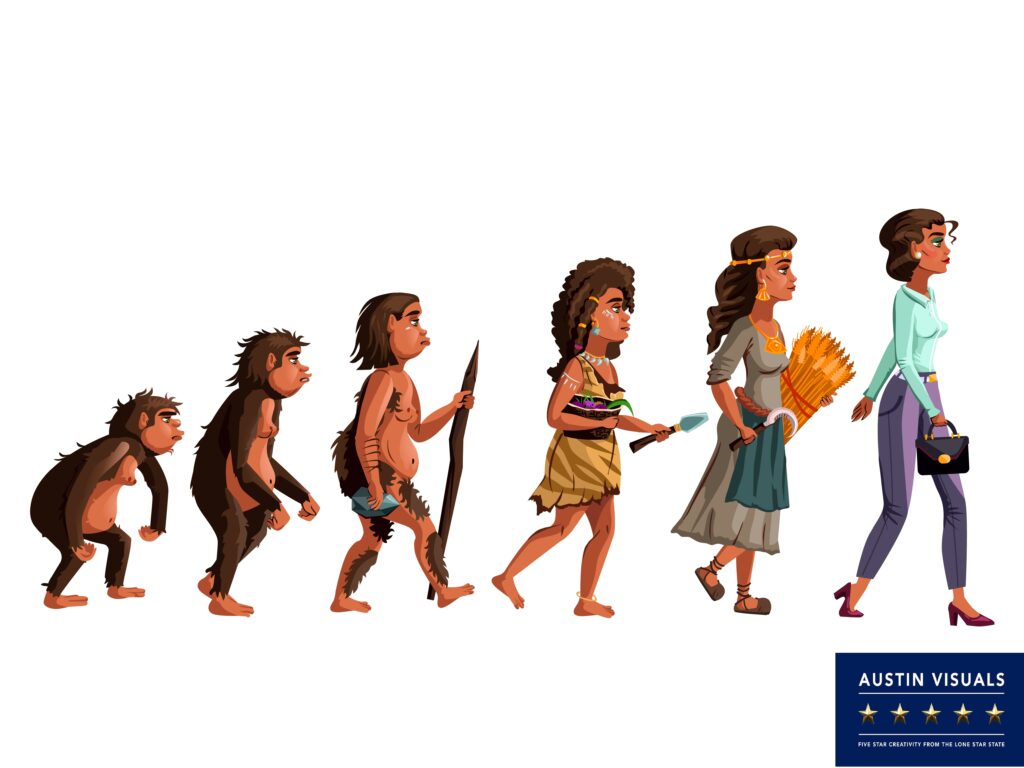
Introduction
The 3D animation industry, a marvel of modern media and technology, has undergone a remarkable evolution since its inception. This journey from rudimentary beginnings to the sophisticated art form we see today is not just a story of technological advancement but also a testament to human creativity and vision.
The Dawn of 3D Animation
Early Experiments and Pioneering Efforts
The late 20th century marked the embryonic stages of 3D animation, characterized by groundbreaking experiments and pioneering efforts. During this era, a handful of visionary figures emerged, pushing the boundaries of what was possible with the available technology. These early animators and computer scientists laid the foundation for the industry, experimenting with basic shapes and movements to create the first 3D animations. Their work, though primitive by today’s standards, was revolutionary, setting the stage for a new form of storytelling and visual expression.
Technological Advancements in the Early Years
The 1970s and 1980s were pivotal in shaping the 3D animation industry, primarily through significant advancements in computer graphics. This period saw the transition from simple wire-frame models to more complex, shaded figures. The development of rendering algorithms and software played a crucial role, allowing for more detailed and realistic images. These technological breakthroughs were not just milestones in animation but also in computing, as they demanded and drove the development of more powerful hardware and sophisticated programming techniques. The progress made during these decades laid the groundwork for the stunning, lifelike animations we see today.
The 1990s: A Decade of Milestones
Mainstream Breakthroughs and Iconic Projects
The 1990s marked a pivotal era for the 3D animation industry, witnessing its leap into the mainstream. This decade was defined by several landmark films and projects that not only captivated audiences worldwide but also showcased the immense potential of 3D animation. Major animation studios emerged during this period, each contributing to the industry with their unique styles and storytelling techniques. These studios, with their groundbreaking projects, played a crucial role in bringing 3D animation to the forefront of entertainment, setting new standards for visual storytelling.
Software Evolution and Enhanced Capabilities
Concurrent with these cinematic achievements was the significant development of animation tools and software. The 1990s saw the introduction and refinement of sophisticated software that allowed animators to push the boundaries of creativity and complexity in their work. This period was marked by the enhancement of rendering capabilities, the introduction of more intuitive user interfaces, and the integration of advanced features that enabled the creation of more detailed, lifelike animations. The evolution of these tools not only improved the quality of 3D animation but also made it more accessible to a broader range of creators.
The 2000s: Expansion and Diversification
The Era of Blockbusters and Realistic Animation
The 2000s were characterized by the production of blockbuster films that took 3D animation to new heights of realism and detail. This era’s notable films not only achieved critical and commercial success but also demonstrated the industry’s capacity to create incredibly realistic and immersive animated worlds. The advancements in technology during this time allowed for more nuanced and detailed character animations, making the animated characters more relatable and lifelike than ever before.
The Growth of 3D Animation in Gaming and VR
Beyond the realm of film, the 2000s also witnessed the expansion of 3D animation into the gaming and virtual reality (VR) sectors. Video games began to utilize 3D animation to create more immersive and interactive experiences, while the nascent field of VR started exploring the potential of 3D animation to create entirely new realities. The technological innovations in these fields, driven by the increasing power of gaming consoles and the development of VR hardware, opened up new avenues for 3D animation, further diversifying its applications and reach.
The 2010s and Beyond: Innovations and Future Trends
Integration of AI and Machine Learning
The 2010s marked a significant shift in the 3D animation industry with the integration of Artificial Intelligence (AI) and machine learning. These technologies are revolutionizing animation processes, from automating mundane tasks to enhancing the realism of animated sequences. AI algorithms assist in creating more lifelike and dynamic animations, reducing the time and effort required in traditional methods. Looking ahead, the potential for AI in animation is vast, with predictions pointing towards even more intuitive and intelligent systems that could further transform the industry.
The Rise of Independent Creators and Online Platforms
This era also witnessed the democratization of 3D animation tools, empowering independent creators like never before. Advanced software became more accessible, enabling artists and small studios to produce high-quality animations without the backing of large studios. Additionally, the rise of social media and online distribution platforms has dramatically changed how animations are shared and consumed, opening up new avenues for creators to showcase their work and reach global audiences.
Conclusion
The journey of the 3D animation industry is a remarkable tale of technological evolution and creative innovation. From its early experiments to the sophisticated productions of today, the industry has continually pushed the boundaries of what’s possible in storytelling and visual artistry. This transformative journey underscores the industry’s resilience and adaptability, embracing new technologies and trends to create ever more immersive and engaging experiences.
Looking to the future, the 3D animation industry stands on the cusp of even more groundbreaking advancements. With the integration of AI, machine learning, and emerging technologies, the possibilities for what can be achieved are expanding exponentially. This evolution promises to bring more realism, efficiency, and creativity to the world of animation, opening new horizons for creators and audiences alike.





